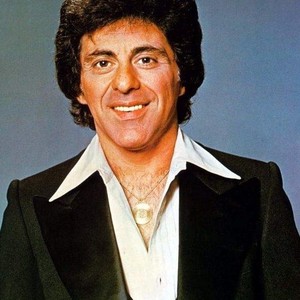
January 12, 2015
OTTAWA – A slightly fuzzy, zoomed-in screen grab from question period took a brewing controversy for Environment Minister Leona Aglukkaq, and crystallized it into a tale of callous indifference.
“Leona Aglukkaq reads newspaper, ignores questions about people looking for food in dump,” read the headline last month by Press Progress, a social-media focused news organization funded by the Broadbent Institute.
From there the story was touched on by mainstream news organizations, who appeared to miss the fleeting visual during the House of Commons broadcast. Aglukkaq had been fending off criticism that the government’s Nutrition North program hasn’t helped reduce grocery costs in the territories.
Press Progress is snarky, easy-to-read, unabashedly left-wing and opinionated, and part of a new group of digital media organizations covering politics on Parliament Hill.
Vice, The Tyee, the Vancouver Observer, and rabble.ca now have correspondents in Ottawa. The digital outlets iPolitics and Huffington Post were the first of the new wave.
In the United States, such news sites as Politico, Talking Points Memo, Roll Call and Buzzfeed Politics have been making their mark for years.
The new Canadian players with different funding models are filling in some of the empty chairs in the press gallery left by shrinking traditional media outlets. And they’re challenging some of the notions about what political reporting looks like.
In the case of Press Progress, the content could be dismissed by some as NDP partisan advertising. It is run within the Broadbent Institute, an independent, non-partisan think-tank founded by former NDP Leader Ed Broadbent and initially run by a former aide to the late Jack Layton.
Founding editor Sarah Schmidt, a former national reporter with Postmedia News, says there is nothing in the content that is partisan, and accuracy is still a central tenet. The outlet is run independently of the institute.
But they make no bones about scrutinizing the Conservatives specifically. The recent post, “How to respond to your grumpy Conservative uncle’s tax rants at Christmas dinner,” is a case in point.
“I think there’s lots of different types of journalism out there, and I think that’s a good thing,” said Schmidt, now director of communications for the institute.
“Mainstream, straight-up reporting has its place, and will continue to have its place, and then there’s those of us who are on the outskirts that do things differently, that do things with opinion, and there’s room for everybody.”
The Tyee is well-known in BC, drawing its funding from two main investors with ties to progressive causes, as well as reader donations and advertising.
Ottawa correspondent Jeremy Nuttall was named to the job after The Tyee raised $100,000 from its readers to expand its national coverage.
Nuttall said sites like The Tyee are going in the opposite direction of where some mainstream publications are going — opting for more comprehensive, niche stories rather than going short and broad. He recently spent days listening to witnesses at a Senate hearing on terrorism, later producing a 1,200-word story.
“You’re seeing places like The Tyee, iPolitics, that are almost inside-baseball sometimes, becoming more popular because the people who really care about what’s going on in Ottawa don’t just want an overview anymore, they want something in-depth,” said Nuttall.
Likewise at Vice — the in-your-face, irreverent outfit with an investigative bent — long-form journalism is part of the plan for newly named correspondent Justin Ling.
“Our readership is unique. We have a much younger readership and folks who aren’t super tuned into Parliament Hill. They consume probably more media than anyone else, but for some reason Parliament Hill doesn’t work for them,” said Ling.
“I think our point is to reach them in a way that doesn’t dumb down the news, but still interests them.”
The new outlets aren’t just altering the media landscape on Parliament Hill, but ultimately also the larger political communications context. Parties are already grappling with how to reach audiences, which are more fragmented and less loyal.
New digital publications — especially those that might be reaching regional audiences and have a strong social media presence — aren’t likely to escape the notice of political communications strategists. Schmidt says Press Progress reached 5.5 million people on Facebook in their first 12 months, with visual stories tailored for “social sharing.”
“The mainstream…media tend to run in packs still, they accept certain kinds of frames, whether it’s the narrative provided by government or the narrative provided by some dominant figures in the gallery,” said Fred Fletcher, a professor emeritus at York University’s Communication and Culture program.
“Anybody who challenges that is a good thing. Any new ways of looking at things is important.”
But Fletcher also cautions that there’s a place for “objective” legacy media outlets that needs to be kept intact.
“Fragmentation when it opens up the range of ideological diversity is a good thing, as long as there’s a mainstream that still exists,” he said.
“There’s a long-term danger that there will be no mainstream, that it will be so fragmented, and that potentially leads to a kind of polarization where people are in an echo chamber and only read the stuff that they agree with.”
![]()









Noticeably absent from the list offered up in the CP article are homegrown conservative online media outlets like Canada Free Press and whatever else is out there.